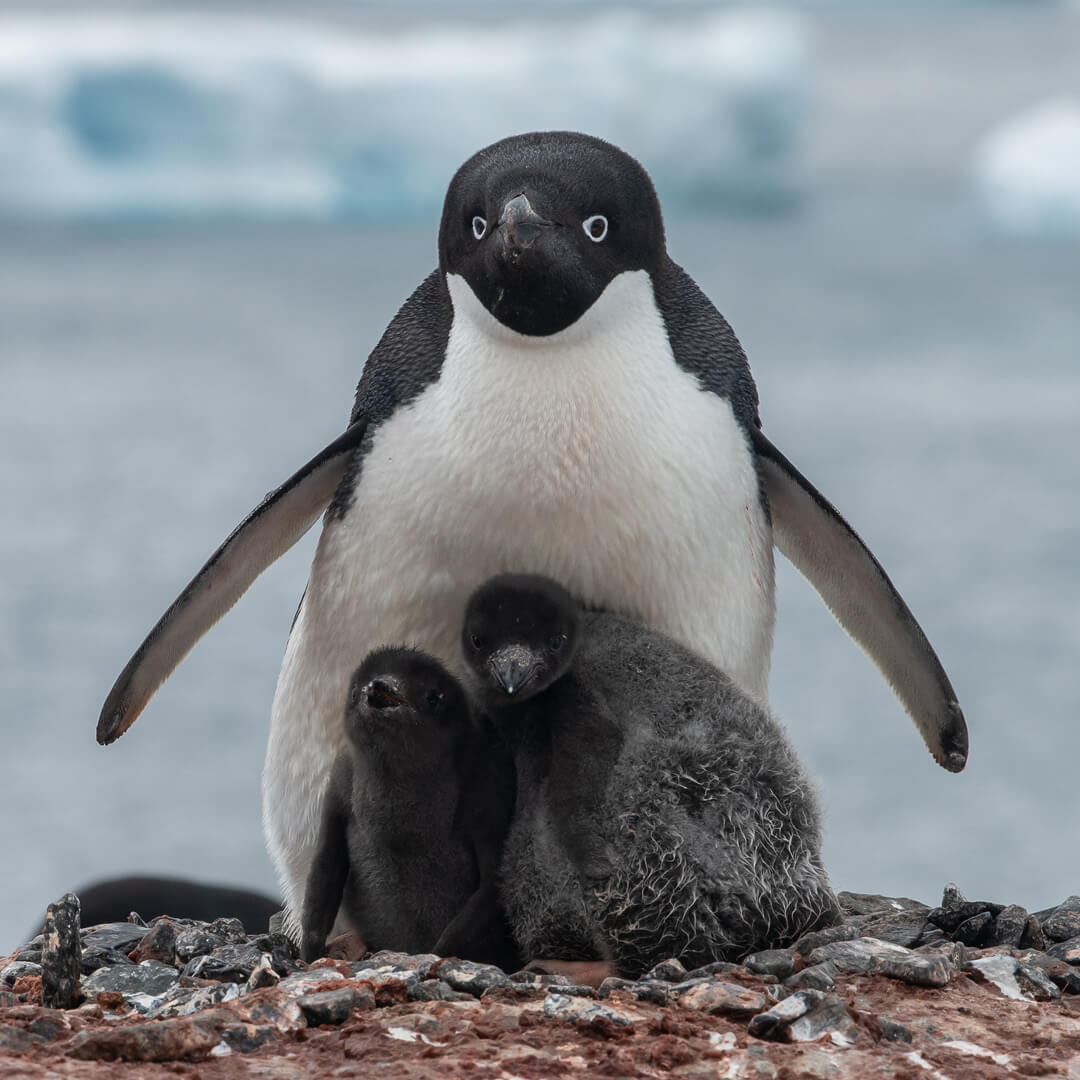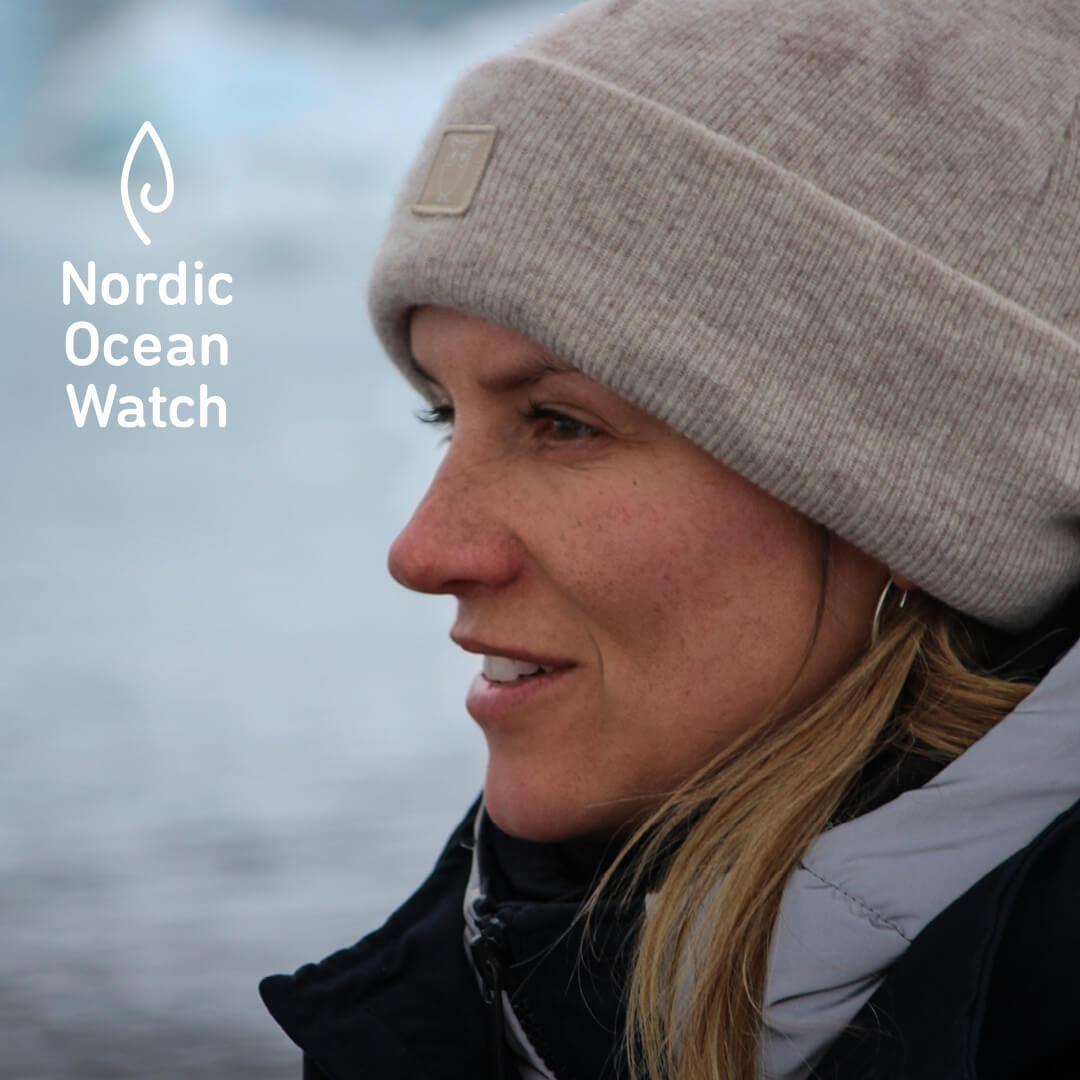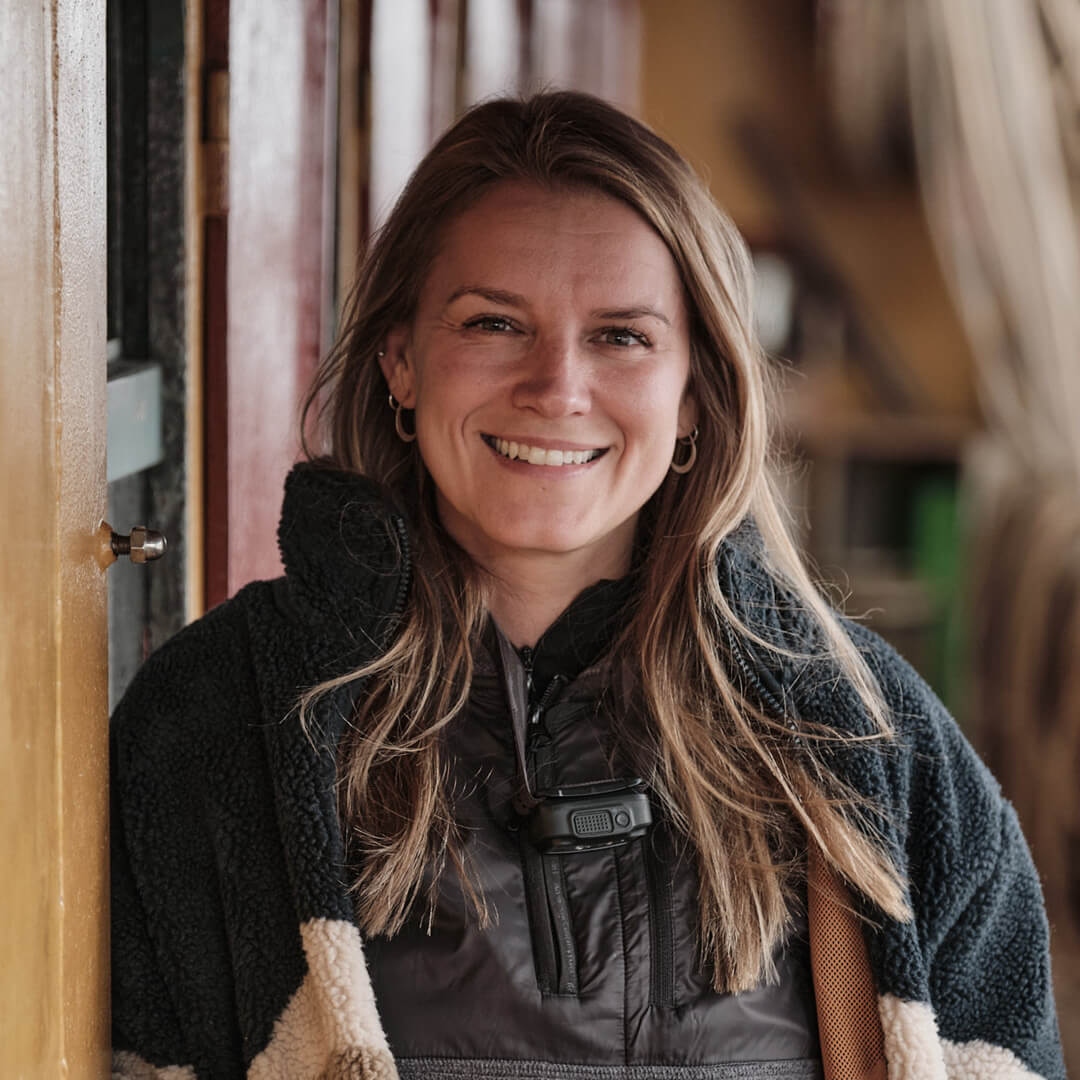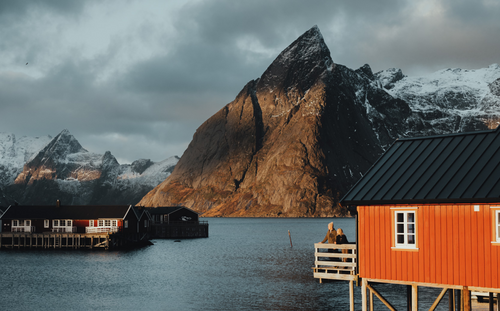Setting sail for Antarctica
Regitze Andersen is the founder of Nordic Ocean Watch Denmark – an environmental collective dedicated to taking care of the ocean. To raise awareness, she participated in an Antarctic expedition onboard the historic tall ship Bark EUROPA. Here’s what happened.
Bark EUROPA ventures into remote regions rarely explored by other ships, making it an asset for gathering crucial data through Citizen Science initiatives. The ship has joined
forces with the Polar Citizen Science Collective, a community that bridges the gap between researchers, research institutes, and tour operators in polar areas. Their goal is to assist the polar science community by involving travelers in data collection projects.
Together with Bark EUROPA and the Polar Citizen Science Collective, Nordic Ocean Watch Denmark is actively engaged in three Citizen Science projects: the Southern Ocean Seabird Survey, Happy Whale, and The Secchi Disk Study. Regitze Andersen, founder of Nordic Ocean Watch Denmark boarded Bark Europa in Ushuaia, Argentina, as a part of the science field staff team.
– Respect for the oceans plays an important role in the philosophy of EUROPA and its crew. In addition to sailing training, we therefore try to increase the awareness about the ocean environment to our voyage crew, Regitze Andersen explains.
↓ read more


Seabirds at the Drake Passage
The journey to Antarctica started from Ushuaia, heading south. The crew sailed through the Beagle Channel and entered the challenging Drake Passage. Battling strong winds
and high waves, they celebrated the New Year at midnight, marking the beginning of their Antarctic voyage.
Navigating the expansive Drake Passage, they commenced the Southern Ocean Seabird survey. Each day, the team gathered on the ship’s aft deck, observing and cataloging seabirds using binoculars and guides.
– These data points, recorded with precision, offer crucial insights into the birds’ behavior and climate change’s impact on their habitats. When we crossed into the Antarctic system, marked by a sharp temperature drop to 3.4ºC, the survey reflected the changing seascape as albatross numbers dwindled, making way for Cape petrels and Southern fulmars.
All the voyage crew eagerly embraced this daily ritual, discussing sightings and identifying new species with excitement. Guided by their passionate expedition leader, they deepened their understanding of the Southern Ocean's avian wonders.
↓ read more
Spotting the whales
As EUROPA continued south to the Antarctic Peninsula, the Humpback whales were spotted by the look out now and then – a good opportunity for photo identification for Happy Whale, a platform collecting photos of marine mammals taken by citizen scientists from all over the world for photo-ID purposes to provide valuable information on whale migration patterns and population status. As soon as a whale in sight was reported through the ship’s intercom, the voyage crew gathered on deck with their cameras and big lenses to get the best shot of the mighty animals.
– Humpback Whales are easily identifiable by the unique markings on their flukes, which classify them into five distinct groups ranging from white to black. One notable whale, marked by a tail injury likely caused by a ship, highlighted the dangers they encounter. Happy Whale provides vital data on Humpback migration, showing that over 95% travel annually from Antarctica to Central and South America, sometimes reaching Oceania or Brazil. The longest known migration covers an astounding 10,922 km one way, from Antarctica to Tonga.
Also, during the journey, a pod of Orcas swiftly appeared and vanished, captured briefly by a keen crew member’s camera. Orcas, with unique dorsal fins and pigmentation patterns, reveal sex, age, and subgroup information. On the way to the Antarctic Peninsula, the team explored the South Shetland Islands, landing at Fort Point—a breathtaking site with cliffs, glacier fronts, and penguin rookeries.
– In addition to whales, Happy Whale is also interested in Weddell seals, and we just happened to catch a few taking an afternoon nap at the shoreline. Documenting them will help us understand more about the Antarctic Peninsula wildlife movements.
↓ read more


The Secchi Disk study
Finally reaching Antarctic waters, Bark EUROPA was safely anchored, and the voyage crew began to explore the glacier front of Trooz in a zodiac cruise. They also made a short stop in Collins Bay where they were able to launch the Secchi Disc for the first time.
– The Secchi Disk study is the world's largest citizen science initiative focused on phytoplankton. Its data form a comprehensive global database tracking phytoplankton abundance across oceans. This valuable resource enables researchers to investigate the impact of climate change on phytoplankton and the broader marine ecosystem.
Phytoplankton are at the base of the marine food chain and are one of the most important life forms in the ocean, as it determines the amount of other marine life from small
crustaceans to fish, seabirds, seals, and whales. Phytoplankton alone produces 70% of the Earth's oxygen and helps regulate the atmosphere by absorbing CO₂ and nitrogen. Research has suggested that it has declined in abundance by 40% globally between 1960 to 2010 due to climate change.
– Citizen Science studies gather invaluable global data, especially from rarely explored Polar regions. The partnership between Bark Europa and The Polar Citizen Science enables us to support scientists in collecting remote data. Participating in these projects not only supports scientific research but also enhances the educational experience for our voyage crew, enriching their journey in this awe-inspiring setting, Regitze Andersen concludes.
At KnowledgeCotton Apparel, we are fans of Nordic Ocean Watch Denmark and celebrate Regitze Andersen’s important work. Let’s give the ocean a voice!










